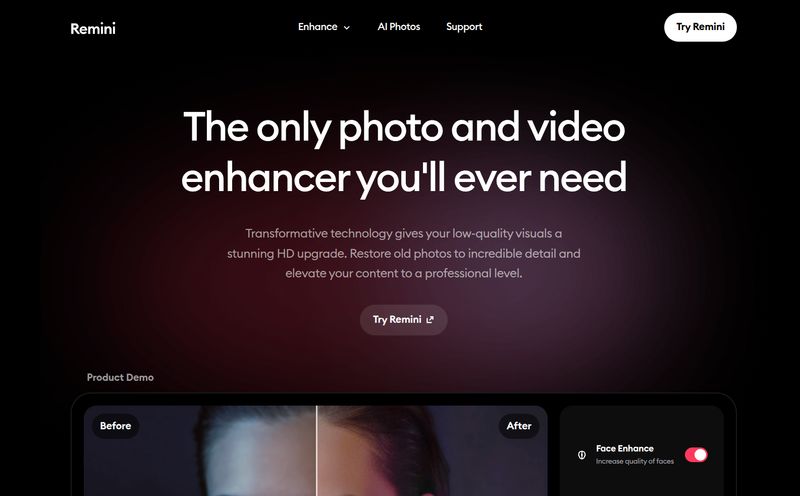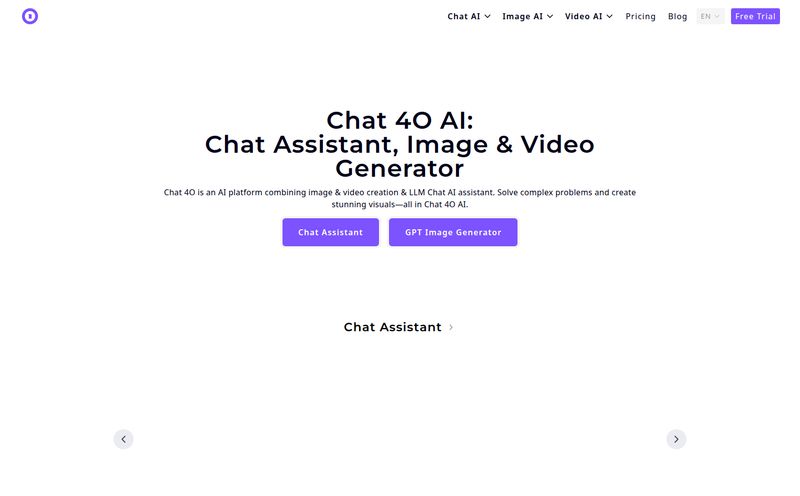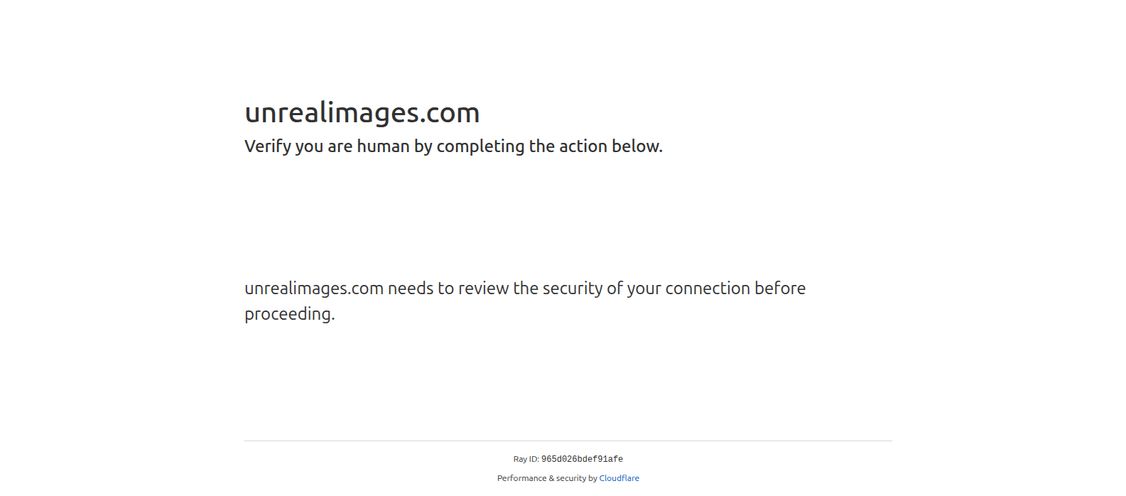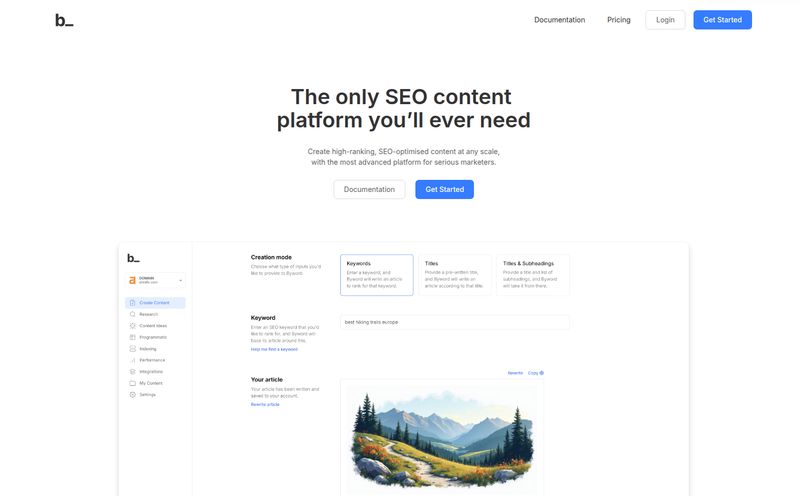For the last few years, the word "metaverse" has been thrown around more than a frisbee at a college picnic. It was the shiny new toy, the buzzword that every marketing team shoehorned into their presentations. And then… the hype kind of cooled off. A lot of people wrote it off as a fad that fizzled out.
But I've been in the digital trenches long enough to know that when the initial gold rush excitement dies down, that's when the real work begins. It’s when the serious builders, the ones laying the foundation, get their moment. And that’s the vibe I get from Futureverse. Their website is sleek, almost intimidatingly so, with a bold tagline: “Where the future can happen.”
Is it just more marketing speak, or are they onto something real? I decided to pop the hood and see what's really running this machine.
So, What Exactly is Futureverse?
First off, let's clear something up. Futureverse isn't a single game or a virtual world you can just log into like you would with Fortnite or Roblox. It's much deeper than that. Think of it less like a pre-built house and more like a high-tech, futuristic factory that gives you all the tools, blueprints, and raw materials to build your own interconnected city. Or a dozen cities.
At its core, Futureverse is a platform, a technology stack, designed for brands, intellectual property (IP) holders, and developers. It's a toolbox for creating connected digital experiences, games, and applications. The whole thing is built on two pillars that are individually shaking up the tech world: generative AI and blockchain technology. They're not just using these as buzzwords; they're weaving them together to solve some of the biggest problems facing the open metaverse dream.
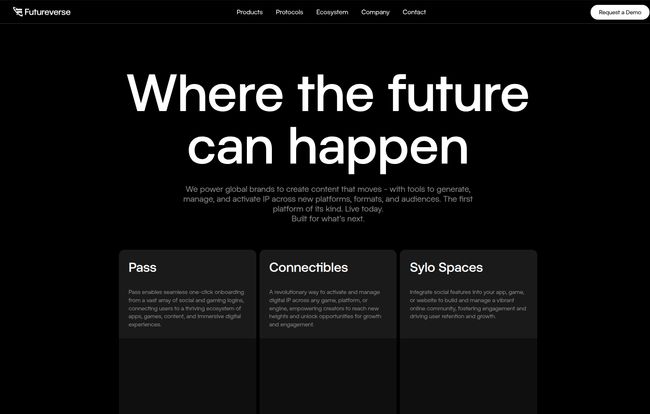
Visit Futureverse
The Core Tech: AI and Blockchain's Big Handshake
This combination is really the secret sauce. For ages, the creative side (AI) and the ownership side (blockchain) of the digital world have been running on separate tracks. Futureverse is trying to fuse them together, and frankly, it's an ambitious play that I’m here for.
Generative AI for World-Building
When most people hear generative AI, they think of ChatGPT writing an email or Midjourney making a wild picture. But in a development context, its power is immense. Futureverse provides AI-driven tools to create content – 3D models, textures, characters, environments. Imagine being a small indie game studio. The ability to generate high-quality assets without a massive art department? That’s not just a time-saver; it’s a game-changer. It lowers the barrier to entry for creating rich, immersive worlds.
Blockchain for Ownership and Interoperability
This is where my inner SEO and digital strategy nerd gets really excited. The blockchain component, powered by their own The Root Network, is all about ownership and interoperability. It ensures that if you create or own a digital item—a unique sneaker, a character skin, a piece of art—that ownership is verifiably yours. It's recorded on-chain.
But the real holy grail here is interoperability. This is the idea that the digital items you own aren't trapped in one game or one app. You could, in theory, take a unique asset from one experience powered by Futureverse and use it in another. It’s a concept the metaverse has been promising for years, and it seems Futureverse is building the plumbing to make it a reality. No more walled gardens. At least, that's the goal.
Key Features That Got My Attention
You can read a feature list anywhere. What I care about is why those features matter.
The Digital IP Management is huge. We see brands like Reebok listed as a partner on their site. For a global brand like that, protecting and activating their IP in a chaotic digital space is a massive headache. Futureverse offers a way to manage that, to create official, authenticated digital versions of their products and control how they're used. It gives brands a secure playground.
Then there are the Social Plugins and Customer Onboarding tools. This is so, so important. One of the biggest hurdles for anything Web3-related is that it’s often clunky and confusing for the average person. By focusing on simple onboarding and social layers, Futureverse is showing they understand that for the metaverse to work, it has to be for everyone, not just for the crypto-savvy folks. It has to feel as natural as logging into any other app.
The Good, The Bad, and The... Complicated
No platform is perfect, and a healthy dose of skepticism is required. I've seen enough platforms rise and fall to know the difference between potential and performance.
On the plus side, the platform is incredibly comprehensive. Having AI tools, blockchain infrastructure, and IP management under one roof is a powerful proposition. Their public commitment to open standards is also a massive green flag for anyone who believes in a collaborative, non-monopolized digital future.
However, let's be real about the challenges. This is not a tool for beginners. The documentation and whitepapers suggest a steep learning curve and a need for genuine technical expertise. You can't just drag-and-drop your way to a metaverse here. It's for serious development teams. There's also a necessary reliance on the Futureverse ecosystem. While they champion open standards, you're still building on their foundational technology, like The Root Network. That’s a big bet on their vision and their ability to execute it long-term.
What's the Price of Building the Future?
So, how much does it cost to get your hands on these futuristic tools? Well, you won't find a neat little pricing table on their site. And that's not surprising.
Futureverse is clearly positioned as an enterprise-level solution. This isn't a $20-per-month SaaS product. The pricing is almost certainly customized based on the scale and scope of a project. You'll likely need to connect with their team, request a demo, and get a bespoke quote. It’s a classic B2B model for a platform this powerful.
Who Should Be Looking at Futureverse?
After digging in, a clear picture of the ideal user emerges:
- Major Brands: Companies like Reebok who want to make a serious, controlled, and scalable entry into interactive digital experiences.
- Game Development Studios: Especially those looking to build next-generation games with Web3 economies and interoperable assets baked in from the start.
- Large IP Holders: Think movie studios, animation houses, or major artists who want to bring their characters and worlds to life in new, interactive ways that they can still manage and monetize effectively.
One little detail that caught my eye on their site was a logo for NZ On Air, which is the New Zealand government's media funding agency. Seeing that kind of public-sector support lends a layer of credibility you don't often find in this space. It’s a cool little nod that they're building something of substance down in Aotearoa.
My Final Take
So, is Futureverse where the future happens? The platform is ambitious, complex, and deeply impressive from a technical standpoint. They aren’t just building another shiny digital attraction; they're manufacturing the pipes, the electrical grid, and the construction cranes for the cities of tomorrow.
Whether Futureverse itself becomes the definitive standard remains to be seen. The digital world is fickle. But their approach—tightly integrating generative AI with a blockchain foundation built for true ownership and interoperability—feels less like a speculative bet and more like a logical next step. It's one of the most serious and well-thought-out attempts I've seen to actually deliver on the promise of an open metaverse. And for that reason alone, I’ll be keeping a very close eye on them.
Frequently Asked Questions
- What is Futureverse in simple terms?
- It's an advanced technology platform, or a toolkit, for developers and brands to build their own connected games, apps, and metaverse experiences using a combination of generative AI and blockchain technology.
- Is Futureverse for beginners?
- No, not really. It's a professional-grade platform designed for developers, game studios, and large brands with technical teams. It has a significant learning curve.
- What is The Root Network?
- The Root Network is Futureverse's custom blockchain. It's the underlying infrastructure that handles asset ownership, transactions, and interoperability between different games and applications built on the platform.
- How does Futureverse use Artificial Intelligence?
- Futureverse uses generative AI to help create content for virtual worlds. This includes things like 3D models, characters, and environments, which speeds up the development process significantly.
- How much does Futureverse cost?
- There is no public pricing. It's an enterprise solution, so pricing is likely customized based on the project's needs. You would need to contact their sales team for a demo and a quote.
- Is Futureverse building one single metaverse?
- No. Instead of building a single, closed-off world, they are providing the tools for many different creators to build their own experiences that can potentially connect to each other.
